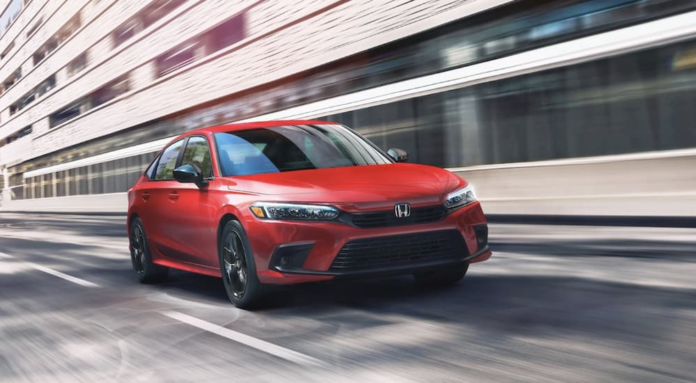Author: Elaine Snyder
Date: March 22, 2022
Link: https://www.autoinfluence.com/how-honda-created-its-own-brand-of-success/
When Honda was established in 1949, the emerging Japanese motor company focused solely on building motorcycles. Only ten years later, Honda opened its first US subsidiary in Los Angeles, immediately establishing a style of leadership very different from other auto manufacturers. What makes Honda unique is a multilayered approach to business that allows for innovation, invites true creativity, and then results in high-quality products that command a high value on the market.
Several aspects of Honda’s business model diverge from what most vehicle manufacturers employ across the spectrum of the global market, and few manufacturers enjoy the success Honda has managed in foreign markets. Jeffrey Rothfeder wrote a book called Driving Honda: Inside the World’s Most Innovative Car Company, detailing many of the ways in which Honda turned auto manufacturing on its head. Part of the insight from Rothfeder’s book revolved around Honda’s choice to give autonomy to its subsidiaries so they could produce vehicles according to the local market demand, allowing each manufacturing facility to respond directly to the needs of its region on its own. This style of leadership varies from the top-down approach of most manufacturing, but it’s not the only secret ingredient in Honda’s award-winning sauce.
Along with subsidiary autonomy, Honda built its manufacturing facilities to be capable of switching its assembly lines from producing one vehicle to another in a matter of hours. Called retooling, most companies take months to shift from one vehicle production to another at the same facility.
Second, rather than using so much automation for assembly, Honda continues to employ humans to build the vehicles that emerge from the plants.
With autonomy and creative problem-solving built into its business practices, Honda has achieved wide-reaching prosperity and influence. Where Honda sees the most effusive effects of its manufacturing success is in the reliability and longevity of its vehicles which last longer than any other in the industry. Nearly 75 percent of Honda vehicles sold in the last 25 years are still being driven. By any standard, that is a hallmark of quality which spurs loyalty in buyers around the world.
Analysis:
This article was beneficial in making me more aware of Honda’s business model and how they have become the industrious company they are today. Within the article, there were multiple details that I found to be insightful, one of them being the way in which they manufacture and assemble. By grouping together vehicle products that have similar parts and by having less automated productions, Honda is able to quickly shift their production quickly, making them more efficient. Another insight I found to be very interesting is the fact that “Nearly 75 percent of Honda vehicles sold in the last 25 years are still being driven,” meaning their designs have to be “timeless” and applicable for many years.




